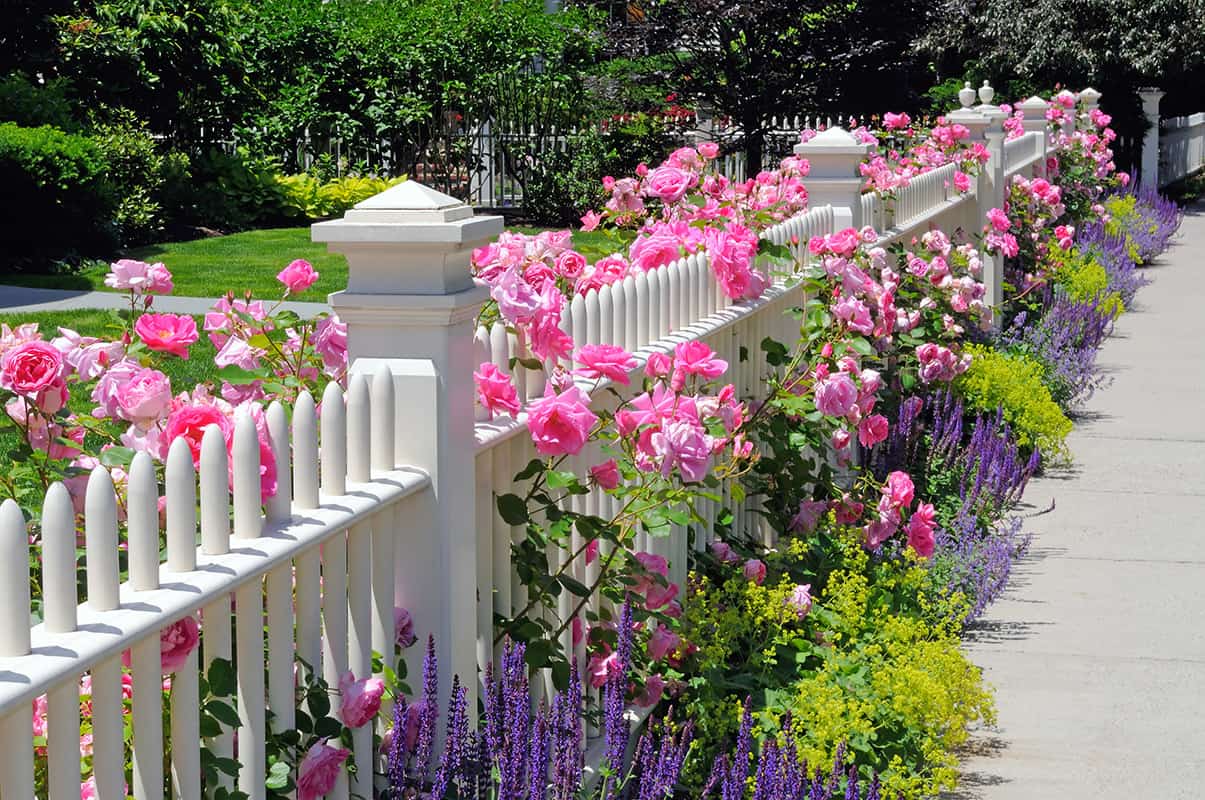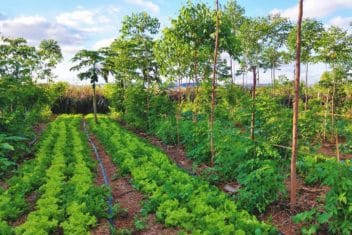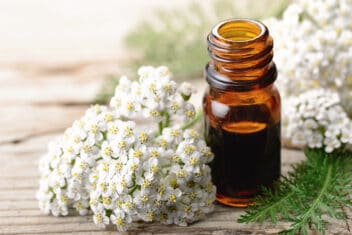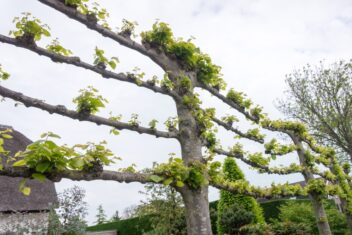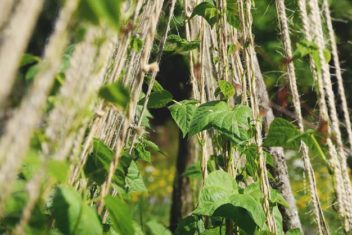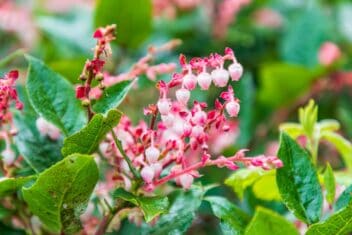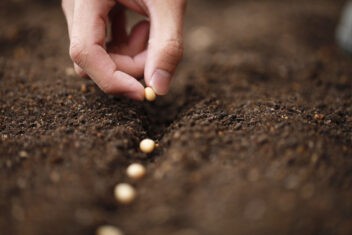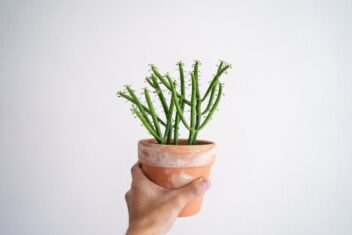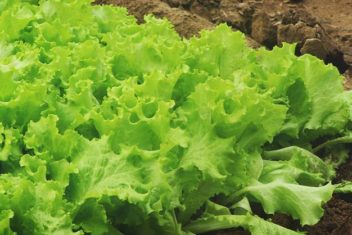Do you live in a neighborhood where front yard vegetable gardens are forbidden?
It seems strange that such a law exists nowadays, when food security is so important, but it’s increasingly common.
Fortunately, there’s a way to get around nosy neighbors and snitch lines. These secret edible front yard plants won’t raise any alarms if people see them growing in your space.
1. Hostas (Hosta spp.)
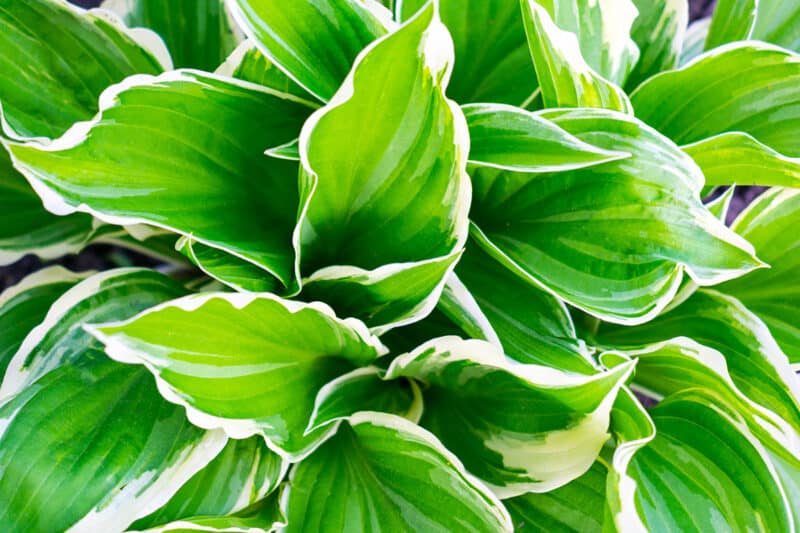
Did you know that hostas are edible? I only learned this a couple of years ago, after I had already torn many of mine out to make space for raised vegetable beds. Derp.
Harvest the tightly curled leaves shortly after they appear in springtime. Eat very young leaves raw, and cook older ones like you would spinach or rapini. Try them dipped in tempura batter and fried!
2. Daylilies (Hemerocallis spp.)
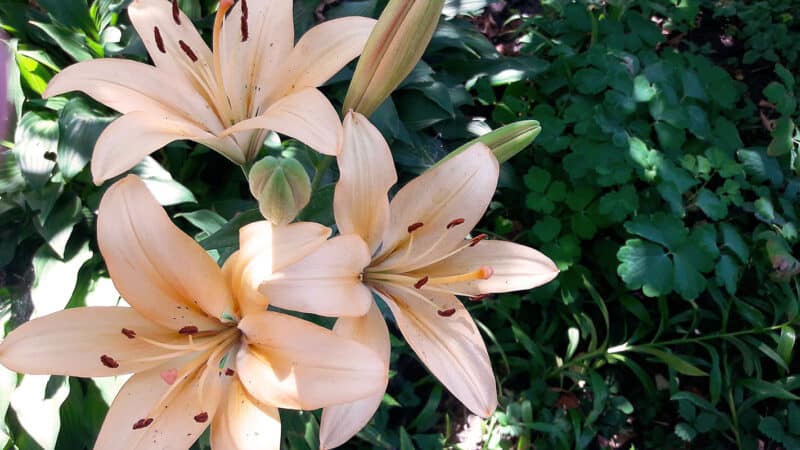
Now, quite a few people know that daylilies are beautiful as well as edible. They’re so lovely, and so common in garden spaces worldwide, that no-one will suspect that you’re growing them more for food than curb appeal.
Just make sure that you’re growing daylilies for food, and not tiger lilies (Lilium lancifolium), which are their poisonous lookalikes! When in doubt, consult the experts at your local garden center.
3. Nasturtiums (Tropaeolum spp.)

They’re gorgeous, they’re great companion plants to just about any other species, and guess what? They’re fully edible. Every single part of this plant can be eaten, whether you’re stir-frying the stems, eating the leaves and flowers raw, or pickling the buds into capers.
If you’re planning a clandestine edible front yard, be sure to plant these… well, pretty much everywhere. Hang them in baskets, tuck them into your raised beds, and nom on them whenever possible.
4. Jerusalem Artichokes (Helianthus tuberosus)

These happy little sunflower cousins are bright, sunny additions to any garden. They look a lot like black-eyed Susans, so they fit in with any flower garden, and they create plenty of tasty tubers for you to eat.
Sunchokes are nutritious, abundant, and startlingly delicious. Just note that they can cause stomach upset, so try them out in small servings until you know how they affect you.
5. Violets (Viola sp.)
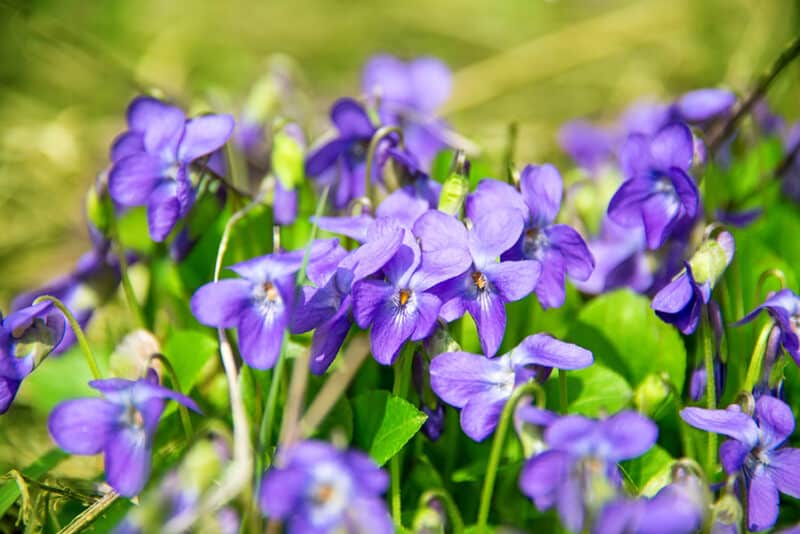
There are few springtime sights as gorgeous as a yard that’s covered in purple violets. And do you know what’s even more awesome about these beauties? They’re fully edible. In fact, both the leaves and blooms are quite delicious and are packed with a startling amount of vitamin C.
If you’re really not fond of grassy green lawns, consider planting violets as one of your edible groundcover plant options. They can thrive well in sun as well as partial shade, so they can adapt to just about any lawn.
6. Pistou Basil (Ocimum basilicum “pistou”)

Unlike Genovese or other large-leaf basil plants, this low-growing plant creates tiny little leaves. As a result, you can plant this miniature variety amongst other decorative plants as pretty ground cover or filler.
Basil makes a great companion plant for marigolds and peppers, so be sure to plant it around both of those, if possible.
7. Ground Cherries (Physalis)
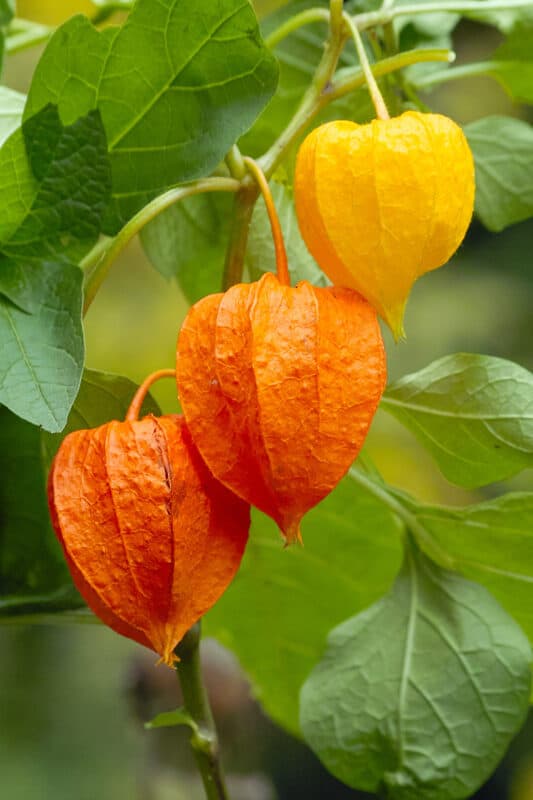
These nightshade fruits develop inside bright orange or yellow flowers, which transform into stunning, papery husks in autumn. They meld seamlessly into most garden designs, and the fruits themselves are sweet-tart, crunchy, and really quite spectacular.
If you like tomatillos and have a red/orange/yellow color scheme going on in your front yard, be sure to add these beauties!
8. Orach (Atriplex sp.)
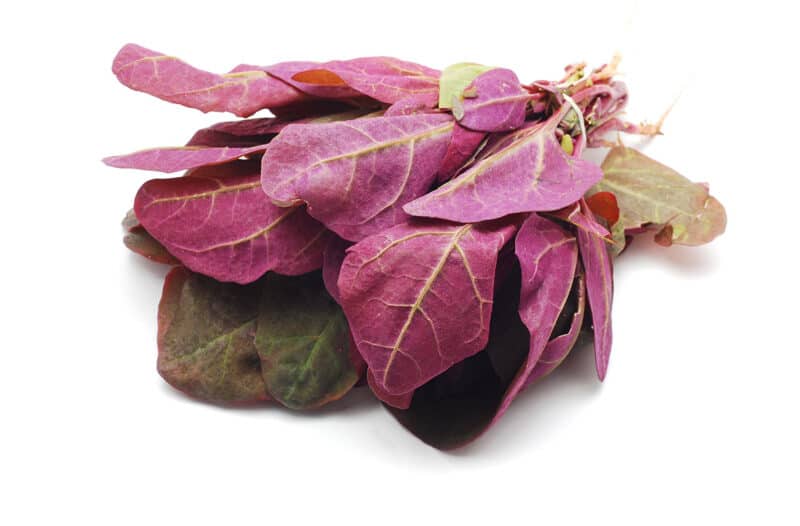
Since it comes in vibrant hues like pink, purple, and lime green, you can create a full border with orach and nobody will have a clue that it’s edible. It’ll just look like a glorious burst of color around your garden’s periphery.
9. Borage (Borago officinalis)
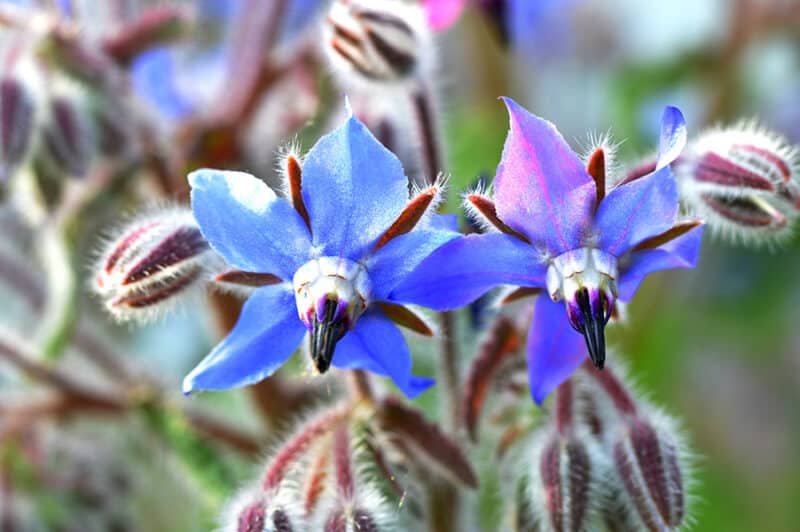
There aren’t many true blue flowers out there, so borage blooms are a special treat in any garden. Many people don’t even know that you can eat them, so they won’t raise any suspicions when they pop up in your space.
Flowering herbs are ideal for a secret edible front yard garden because most people associate the word “edible” with vegetables. Not herbs. And certainly not bright, flowery ones! As an added bonus, it attracts beneficial pollinating insects like butterflies. Yay!
10. Peppers (Capsicum spp.)

Many people cultivate decorative peppers, as they provide bright splashes of color and texture throughout the garden. Fortunately, many edible mini peppers are both gorgeous and delicious.
Try Blue Filius peppers for pops of blueish violet throughout your garden (and bursts of heat in your food). Alternatively, Jigsaw peppers‘ foliage is a stunning mix of cream and lavender, and their tiny red-orange fruits are similar in heat to jalapeños.
11. Chrysanthemums (Chrysanthemum coronarium)
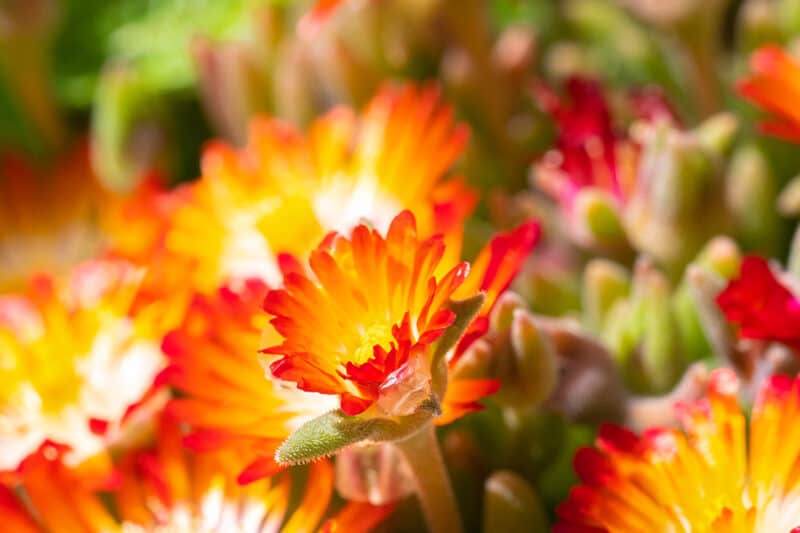
You might not have guessed that chrysanthemums could fit into your edible front yard plans, but they’re surprisingly both edible, and tasty.
The young, tender leaves taste a bit like rapini—like a milder form of mustard mixed with collards—and can be prepared the same way. Meanwhile, the blossoms are fragrant and subtly sweet and are popular in tea all over Asia.
Just note that only Chrysanthemum coronarium leaves are edible. There are many other chrysanthemum cultivars out there, but unless they’re coronarium, please don’t put the leaves in your mouth. The petals will be fine, but the leaves might make you ill.
12. Rosemary (Rosmarinus officinalis)
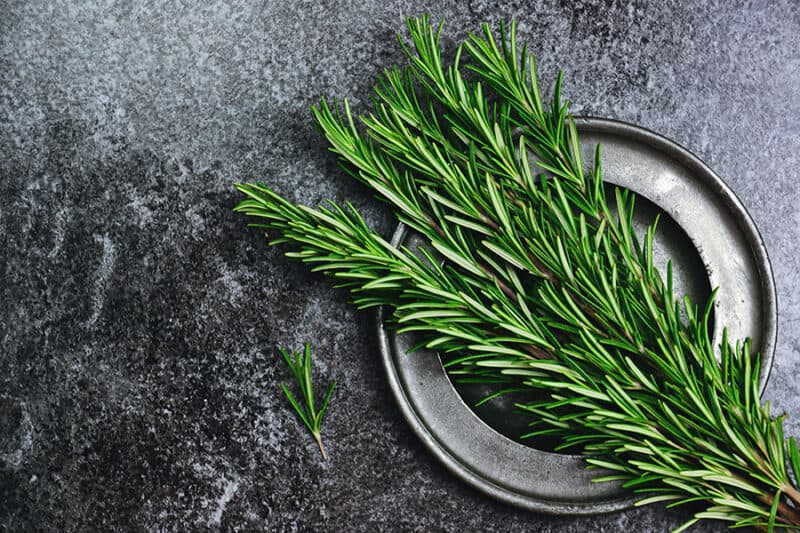
Since this hardy evergreen herb can be trimmed into all kinds of fancy shapes, consider growing it in topiary pots. You can flank your walkway with culinary herbs and no-one will have a clue.
Choose upright varieties for your containers, as they’re easier to keep tidy.
13. Cardoons (Cynara cardunculus)
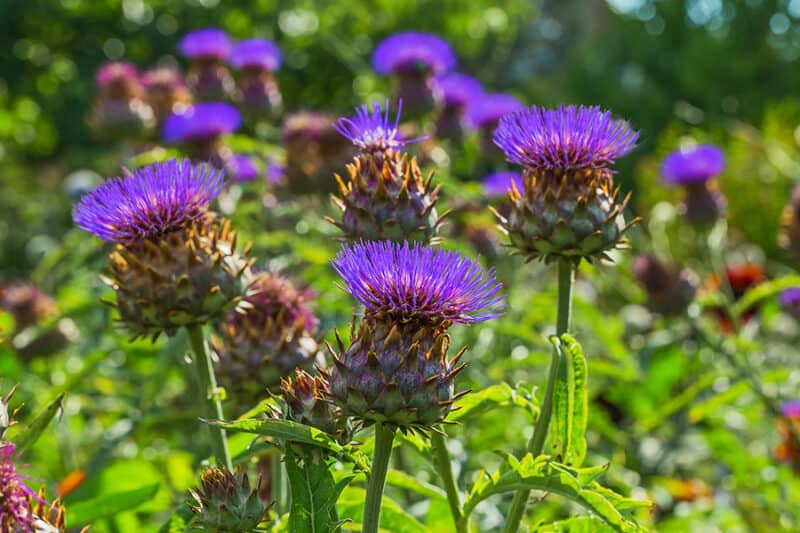
These artichoke cousins are just as scrumptious, and possibly even prettier than their spiky, more well-known counterparts. Since many people in hotter climates grow them solely as ornamentals, they won’t be out of place in your zone 8+ secret edible front yard garden.
They need a lot of heat and sunshine, so they’ll only thrive if you’re in the right climate. If you are, then you’re in luck! You can harvest the ripe cardoon flower heads and prepare them the same you would artichokes.
14. Scarlet or Peach Runner Beans (Phaseolus coccineus)
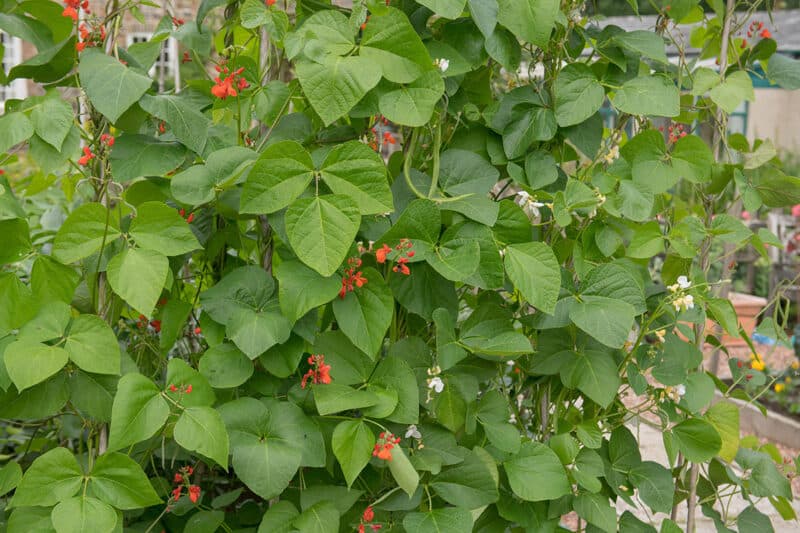
Do you like beans? Whether you prefer the early green pods, or ripe, juicy beans in soups and stews, these runners are ideal for any edible front yard garden.
Sure, the bright red (or peachy) flowers will develop into bean pods once autumn rolls around, but they’ll be hidden in amongst their prolific foliage by then. In the meantime, you can train the vines over and around trellises and arbors, attracting hummingbirds and butterflies.
15. Roses (Rosa spp.)
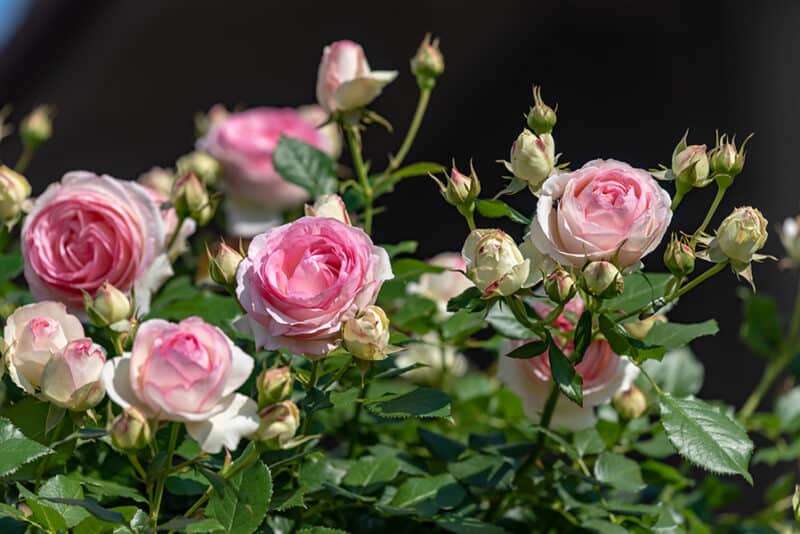
When it comes to hiding edible plants in plain sight, you can’t go wrong with roses. After all, they’re quintessential garden plants, and have been cultivated for beauty and fragrance for millennia.
Plant Rosa rugosa species and you’ll be able to do a double harvest. Pick young, fragrant rose petals for jelly, rosewater, and candied desserts. Then, once autumn rolls around, harvest the rose hips for jam, nightshade-free ketchup, tea, medicinal preparations, homemade cosmetics, and more.
16. Passionflower (Passiflora incarnata)
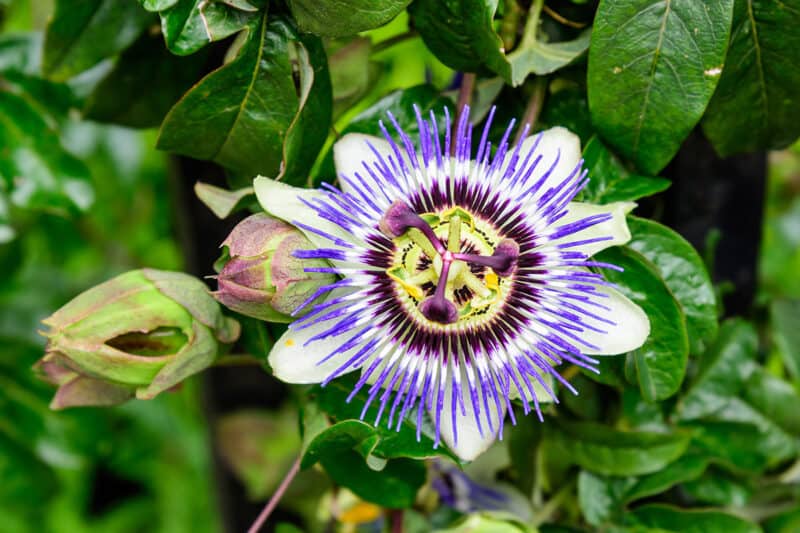
What garden is complete without a magnificent passionflower plant (or nine) climbing around? These alien-looking plants are exceptionally beautiful, with bright purple blooms and rich green foliage. In the right climate, the flowers will develop into… passionfruits!
You can also harvest the leaves to use as medicine. In fact, passionflower is one of the best medicinal plant allies to grow in your space. It’s a powerful nervine with antispasmodic and sedative properties and can be used as a tea or tincture to treat anxiety, insomnia, menstrual cramps, and much more.
17. Mint (Mentha spp.)
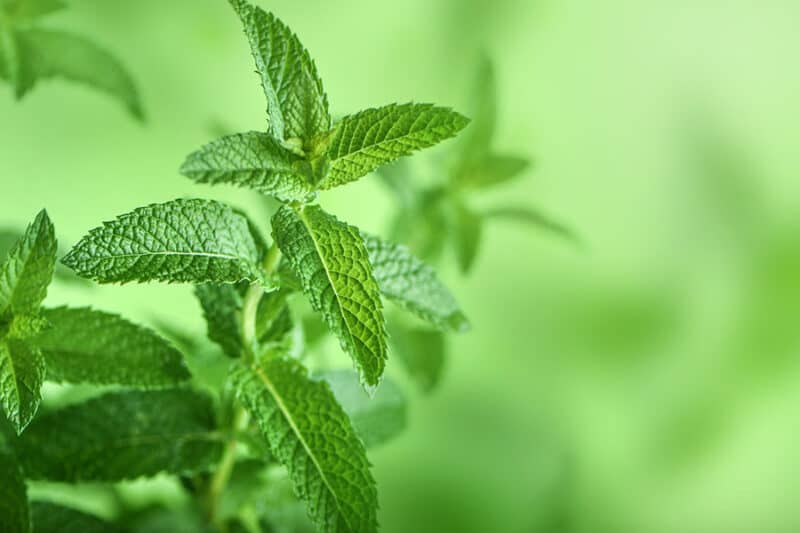
Chop the leaves and add them into fresh salads or tabbouleh. Or steep the leaves in hot water for a refreshing tea. Whether you’re using it in a savory dish, a dessert, a drink, or as a garnish, mint is an essential ingredient in just about every kitchen (and garden) out there.
You can find varieties to suit every palate and preference. Try peppermint as a medicinal variety, and to use in desserts. Standard mint is great for savory dishes, and chocolate mint… well, you can’t go wrong with chocolate anything, can you?
Just make sure you plant your mints in pots, or they’ll take over your entire yard.
18. Chives (Allium schoenoprasum)
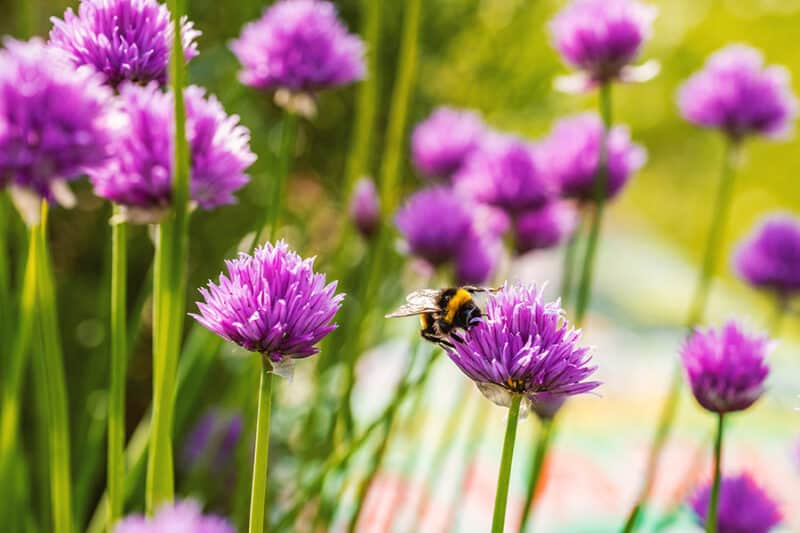
Yes, these tasty alliums are essential culinary herbs, but they also create really pretty pink-purple flowers. If you sow them in and around other flowering plants, they’ll blend right in without drawing unwanted attention.
Those chive blossoms attract pollinators and are fiery, delicious additions to omelets, soups, salads, and pickled goods. And of course, you can snip the greens and use them as you would spring onions.
Chives also make delightful border plants! Try combining them with dark blue hosta varieties for complementary hues and textures.
19. Chicory (Cichorium intybus var. sativum)
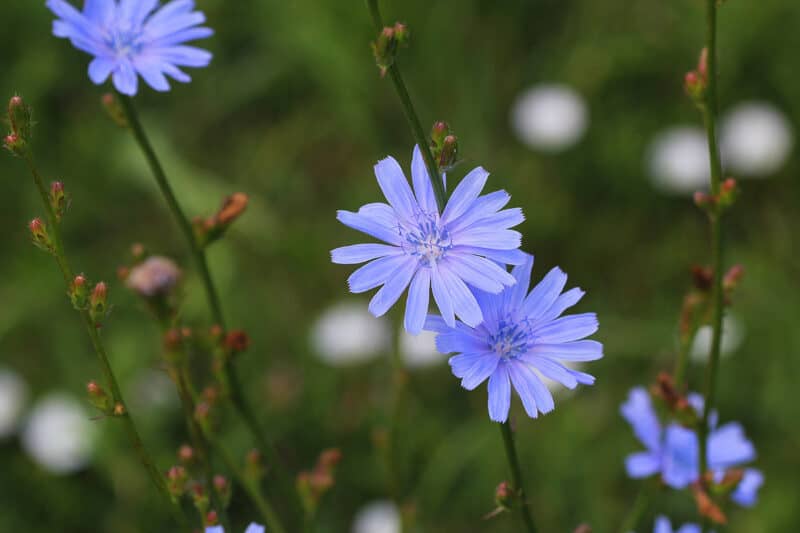
Although this wildflower may be considered a weed by some people, it’s a versatile perennial flower that’s both pretty, and very useful. When roasted, its roots take on a caramel-like flavor, perfect for adding to beverages or used as a coffee substitute.
Chicory melds seamlessly into an edible front yard garden, mainly because it’s such a pretty plant that few people would know it’s being grown as a culinary ingredient. It looks particularly lovely in traditional cottage gardens, tucked in amongst daisies and asters.
Just make sure you cultivate the sativum variety if you’re growing it for its sweet roots, as well as its bright blue decorative flowers. In contrast, the also-edible “endive” leaf chicory (Cichorium endivia), has paler blooms, and a bitter root.
20. Kale (Brassica oleracea)
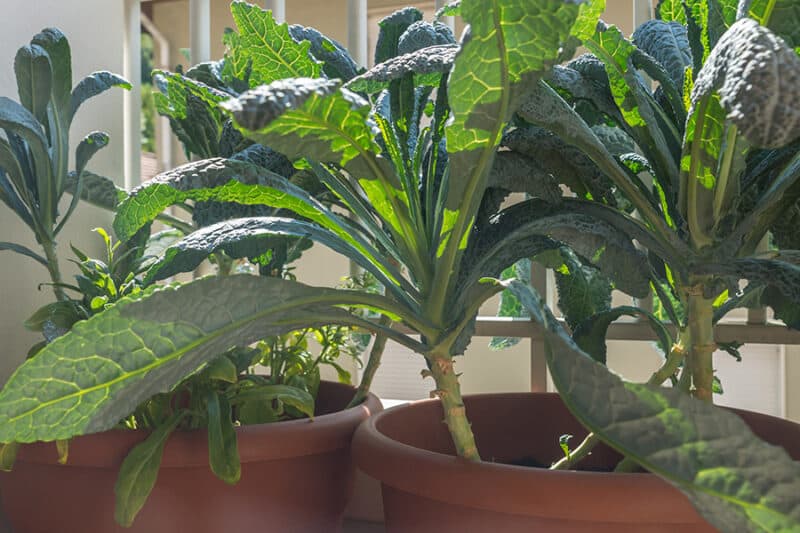
It’s tasty, it’s good for you, and it’s pretty enough to use as an ornamental. In fact, there are some kales and cabbages that are strictly grown as decorative plants!
Choose varieties like Scarlet, Dazzling Blue, or Curly Roja kale for your edible front yard garden. These add stunning hues and textures in amongst your flowers, without giving away any secrets.
You can just head out into the yard for a bit of garden maintenance, and return with an armful of delicious greens to cook for supper.
If you grow some (or all) of these plants, you’ll be able to harvest tons of edible deliciousness from your front yard. You can keep things neat and tidy, bursting with color and fragrance, and none of your neighborly snitches will have a clue that there are vegetables hiding in and around your petunias.
